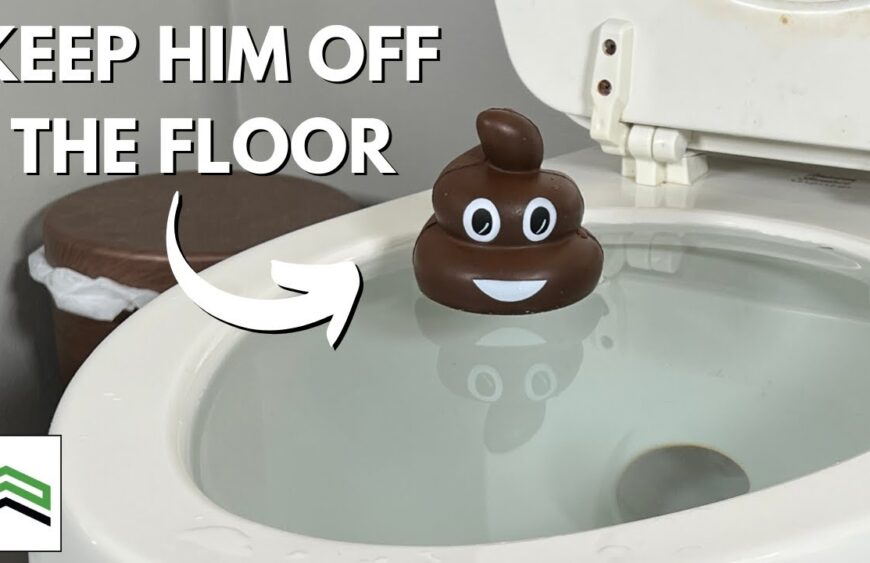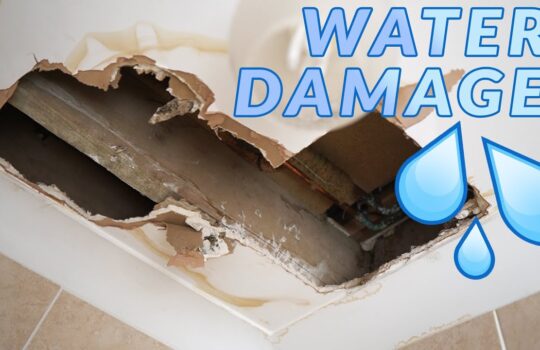Clogged or Overflowing Toilet
A clogged or overflowing toilet is a common plumbing problem that can cause a lot of stress and frustration. It can happen suddenly and without warning, leaving you in a panic. While it may seem like an intimidating task to tackle, there are a few simple steps you can take to unclog or prevent a clogged or overflowing toilet.
Identifying the Problem
The first step in addressing a clogged or overflowing toilet is to identify the source of the problem. This can be done by examining the toilet bowl for any clogs or blockages, or by checking the plumbing system for any signs of blockage. If the toilet bowl is clogged, it is usually due to a foreign object being flushed down the toilet, such as a toy, paper towel, or other items. If the plumbing system is blocked, it could be caused by a build-up of hair, soap, or other debris. Once the source of the clog has been identified, it can be addressed with the appropriate tools and techniques.
Unclogging the Toilet
If the toilet bowl is clogged, the first step is to try and remove the obstruction. A plunger can be used to try and dislodge the object. If the plunger is not successful, a plumbing snake can be used to try and remove the obstruction. Once the obstruction is removed, the toilet can be flushed to clear the clog.
Using a Plunger
Using a plunger to unclog a toilet is a relatively simple process. First, fill the toilet bowl with enough water to cover the plunger’s cup. Then, press the plunger firmly over the drain opening and move it up and down in a vigorous pumping motion. This should create enough suction to dislodge the obstruction. If the plunger is not successful, then a plumbing snake can be used.
Using a Plumbing Snake
Using a plumbing snake to unclog a toilet is a bit more complicated than using a plunger, but can be effective in dislodging more stubborn clogs. First, feed the plumbing snake into the toilet bowl until it reaches the obstruction. Then, turn the handle of the snake to loosen the obstruction. Once the obstruction is loosened, the toilet can be flushed to clear the clog.
Preventing a Clogged or Overflowing Toilet
The best way to avoid a clogged or overflowing toilet is to practice good toilet hygiene. Here are a few tips to help prevent clogs and overflows:
- Never flush anything other than toilet paper and human waste.
- Regularly check the plumbing system for any signs of blockage.
- Clean the toilet bowl regularly to remove any buildup of debris.
- Check for any leaks or cracks in the toilet bowl or plumbing system.
By following these simple tips, you can help ensure that your toilet remains clog-free and functioning properly.
Conclusion
A clogged or overflowing toilet can be a stressful and frustrating experience, but it doesn’t have to be. By taking the time to identify the source of the problem, using the appropriate tools and techniques to unclog the toilet, and practicing good toilet hygiene, you can prevent clogs and overflows and keep your toilet in good working order.









